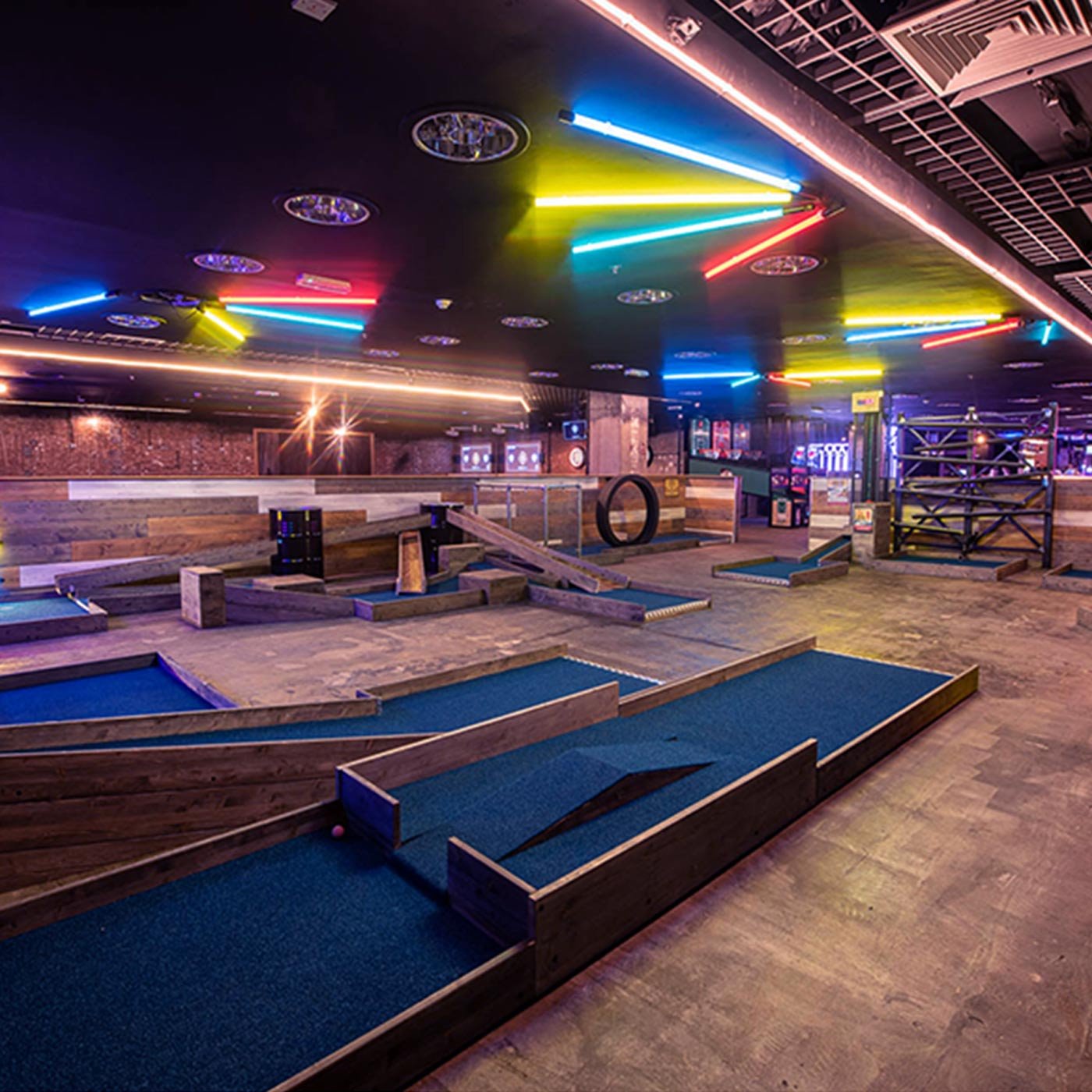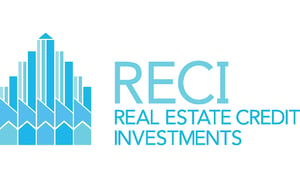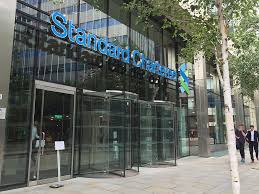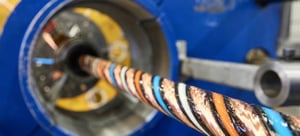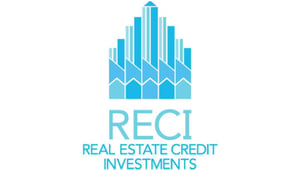XP Factory plc (LON:XPF) Chief Executive Officer Richard Harpham caught up with DirectorsTalk for an exclusive interview to discuss substantial growth, financial success, strategic progress, how each division is performing, and what we can expect to see in the next year.
Q1: Now, in the trading update, you said that you saw substantial growth as XP Factory doubled revenues for the second year in a row. Could you start by talking about the main highlights for us?
A1: Well, I guess that is the main highlight. We talked about these really ambitious growth targets that we set for ourselves a year or so ago, and so seeing revenue land at a group level c. £44.5 million was really quite a wonderful performance from the team. That represents a 95% increase over and above last year’s revenues, which were £22.8 million so in round numbers, we’ve doubled the size of the business again.
I think excitingly, within that growth, you’ve got a tale of two stories. You’ve got both brands really delivering, it’s not that one’s propping up the other.
So on the Escape Hunt side, another fantastic year for that business. Sales for Escape Hunt, owner-operated, were 30% ahead of last year, within which 17% was driven by like-for-like sales growth so a really strong performance there.
And of course, on the Boom Battle Bar side, where the growth was utterly stellar, almost threefold the number delivered previously. So, delivering £27.5 million owner-operated versus £9.5 million last year was the result of clearly new sites coming on board, maturing, and growing, but also a very, very, very strong like-for-like component as well. So 29% like-for-like sales in Boom over the period.
So I guess that is probably the most significant takeaway from the numbers, just the step change in scale that we’ve shown yet again.
But of course, below that, again, we’re incredibly encouraged by some of the operating margins that we’ve been seeing.
Again, it looks like Escape Hunt will deliver in excess of 40% EBITDA for the year, which is pretty remarkable, and Boom, obviously a much younger business, but continuing to mature really well along those operating targets. So, we’d said that we wanted to see 20 to 25% EBITDA delivered in that business, and we’re confident that we will.
So, a really very significant year of progress for us as a business.
Q2: You mentioned the various operating metrics that have been delivered, could you talk to us more about those?
A2: Yeah, I guess you’ve got operating metrics all the way through. Obviously, we do put a lot of focus on like-for-like sales growth, and we’ve just talked about that, I mentioned 17% in Escape Hunt and 29% in Boom. And indeed, those like-for-like performances were even stronger at Christmas, 50% in boom and 20% in Escape Hunt.
So, if you think what that means, to deliver numbers at that scale, particularly a 50% sales increase like-for-like on the Boom side, requires us to obsess about a lot of the other operating measures that run through the businesses.
So, for example, in Boom, we’re very, very minded to focus on speed of service, how quickly do we get drinks out, food out, etc., those are real drivers of participation. We put particular focus on the levels of host and customer engagement so one of the things we want to see is more time spent making special moments with guests so how do we metric that? How do we move along? How do we move along it?
Of course, there are the more generic metrics which we focus on very closely. EBITDA is clearly a clear one so the reason we care about EBITDA is because obviously it is the driver behind return on capital and it’s return on capital, which ultimately is the operating metric that we want to see.
We’ve talked previously about return on capital metrics for both Escape Hunt and Boom being very, very high, sort of north of 50%, and those are key metrics for u, and of course, EBITDA is a driving component of those.
I suppose the other metric which we’re always going to obsess about is customer response. So, we feel very proud and I think the team should feel very, very proud that they’ve delivered a business that saw us sit absolutely at the top of, and indeed ahead of, all the competitor set in the competitive socialising leisure space per the aggregated review platforms that feed it back and put together for us.
So, it’s been a very strong performance across all metrics.
Q3: Additionally, the group’s strategic progress is continuing, can you tell us more about that?
A3: At least a large part of the strategic plan for the groups really quite straightforward; let’s grow sites organically for both businesses where possible, and if opportunistically the occasion arises to bring franchise sites back into the fold, then we will look to do that.
So, against that very, very simple strategic objective, I think we’ve done well.
We opened new owner operator sites on the Boom side in Canterbury, Southend and Dubai. In H2, we opened the new Escape Hunt in Woking, and we bought back franchise sites on the Boom side in Liverpool, Watford and Glasgow.
So I think really good progress is being made, at least on that aspect of the strategy.
As we go forwards, you’ll continue to see us rolling out sites, as we’ve discussed previously. I think excitingly, those are being rolled out from organically generated cash flow to a very good position to be in, and you’ll expect more of the same.
Q4: How is each division of Boom Battle Bar and Escape Hunt performing?
A4: Both of them are in a slightly different place in their lifecycle.
So, Escape Hunt is our older business that’s 6-7 years old, and really, I’d say its performance has been somewhat close to exceptional, it’s very hard for me to kind of offer anything quite such praise.
As you look at Escape Hunt, you would say, in a business that’s that old, still delivering 17% lifelike sales across the year, most importantly, on the same capital base, that is to say, on the same collection of games that we initially built into the units, I’d say that’s quite remarkable. Doing that whilst garnering almost 100% five star reviews across the review platforms, whilst delivering 40% EBITDA on an associated return on capital, which is which is incredibly high, I’d say that that really has been a very, very good performance for Escape Hunt.
Boom, as you know, is a much younger business for us, it’s only in its second year, so to speak, just finished its second year of trading, and so I would expect to see its relative rates of sale a little bit higher so seeing higher like for likes, 29%, I would expect to see that. But nonetheless, you’ve still got to deliver it, and it is very, very exciting to see that come good.
I think the operational improvements that we’ve made through the year on Boom have been fantastic. We’re seeing really strong operating leverage running through that business now, we’re seeing a much more consistent customer experience, and we’ll continue to obsess about that, as you know and indeed, as we’ve discussed previously.
But it’s a really exciting base of sites now to build a business from. We saw sales numbers through the Christmas period that we could never have imagined and that’s caused for us, I suppose, something of a first world problem. We never imagined that certain sites could do the sorts of volumes that they did, and so that leaves us a little bit capacity constrained.
So, the great challenge that we have now is how do we build more capacity into some of these units to even better leverage these really, really high performing periods.
So it’s a really lovely collection of problems to have for that brand. Obviously, it’s so much newer, as I’ve said, that means that we will continue to really scrutinise the customer journey. Where can we improve it? Where can we find efficiencies? What can we do better? What does the diminishing return look like on every additional game that we put in? How do we therefore optimise the units and where do we go next?
That’s a data exercise that we continue to really drive. It’s exciting in these young businesses to learn with every new site that we build and with every new game that we install.
Q5: Now, we’ve talked about XP Factory’s performance, but looking forward, what can we expect to see in the next year?
A5: I think you’ll expect to see really much more of the same.
Of course, we’re not rolling out 20 sites this coming year, obviously, we’re going to be rolling out a number of sites for both businesses, but from organically generated capital. So, both on Escape Hunt and Boom, we’ve got some really, really, really good sites in progress, we’re very excited to open and be able to talk about a little bit further down the line.
As I mentioned, you will continue to see us really focusing particularly on the Boom side around where we can garner further efficiency. This is exactly the process we went through with Escape Hunt when that was similarly aged, and the benefit that we’ve seen from that now that we’re 6 years in is really stark on Escape Hunt. So, really continuing to go through that same process on Boom is important.
You will see us put a little bit more capital back into some of the existing Boom sites, almost certainly where there are opportunities to drive capacity, which again is something of a first world problem.
Even on Escape Hunt, there are still, we believe, a few opportunities within the existing estate to add a games room where there just happens to be a little bit more space in a unit.
That’s really exciting, latent demand is a first world problem so we’re looking forward to trying to solve it this coming year.

